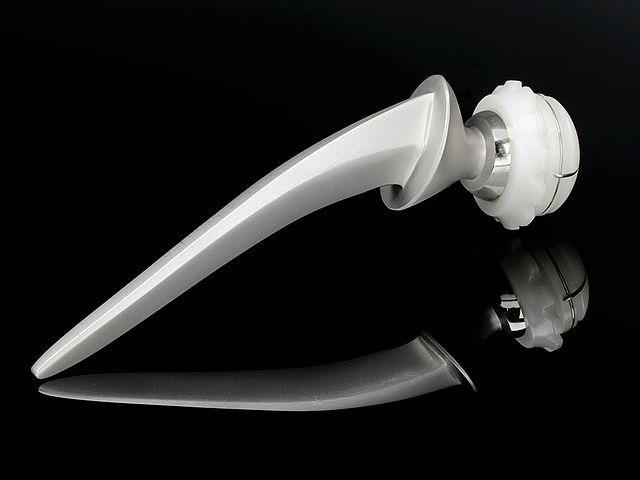Introduction to Biomaterials
Before beginning a discussion of biomaterials there are several different terms that we should define. One way of classifying biomaterials is to use the following four materials classifications: biological materials, biomaterials, bio-based materials, and biomimetic materials.
Biological materials are materials that are produced by living organisms, such as, blood, bone, proteins, muscle, and other organic material. Biomaterials, on the other hand, are materials which are created specifically to be used for biological applications. These applications can include bone replacement, skin replacement, membranes for dialysis, artificial limbs, etc. Bio-based materials are materials that are derived from living organisms but are repurposed for other applications. One example of a bio-based material would be enzymes mass-produced by microbes to be used in the synthesis of drugs. Biomimetic materials are materials that are physically or chemically similar to materials produced by living organisms.
In the textbook reading for this lesson, materials will be classified as structural or functional and then the natural biological material will be compared and contrasted with the biomaterials designed to replace or interact with it.
Structural biomaterials, as the name implies, have as their primary function physical support and structure. Structural biomaterials are sometimes referred to as inert biomaterials. Functional biomaterials (also known as active biomaterials) have a non-structural application as their primary function. An example of a functional biomaterial would be membranes used during dialysis to filter impurities from blood.
An example of a structural biomaterial would be a titanium steel implant with a ball and socket being used as a hip replacement. Two other terms that might be helpful to define before the reading are immune response and biocompatibility. During the body’s immune response, the body sends white blood cells to attack and destroy foreign material. Biocompatible materials are those biomaterials which typically do not elicit the body’s immune response during the operational lifetime of the biomaterial in the body.




No comments:
Post a Comment